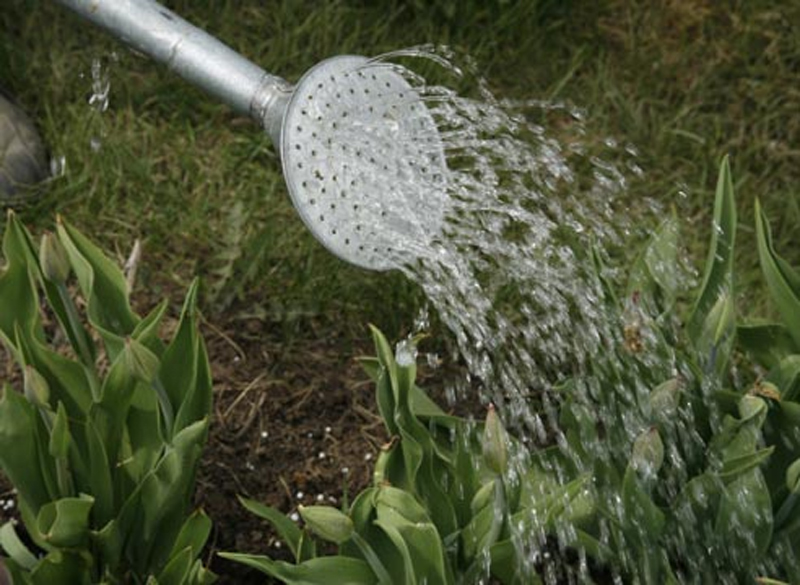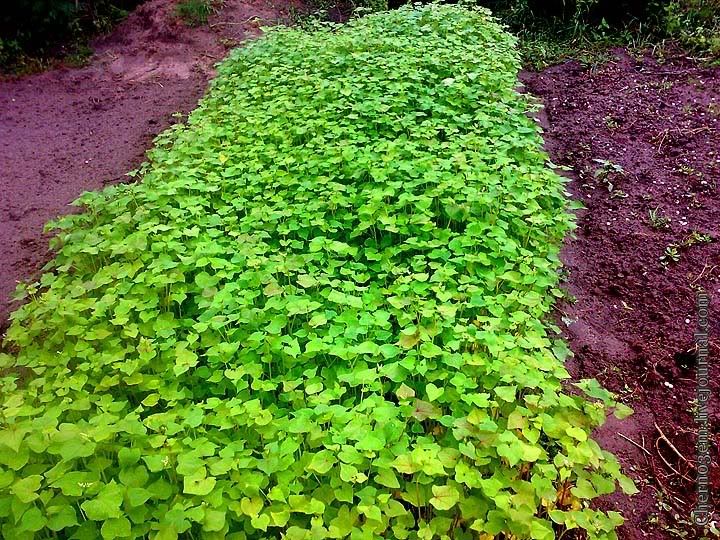Search
Login
Clay and sandy soils - properties, fertilizers, what to plant
The quality of the soil in our gardens is sometimes not perfect, it concerns not only the pH value, but also the structure. The most known problematic soils are clay or sand. Sandy soil quickly loses moisture and has a low nutrient content, clay soil, in contrast to sandy soil, retains moisture for a long time, which leads to root decay. Experienced gardeners, despite the features of such soils, still get good results from the plots due to the correct actions to improve the fertility of the land.
Content
- Sandy soil, properties and plants video
- Sandy soil improvement
- Fertilizers for sandy soil
- Clay soil, properties and plants
- Improving and fertilizing clay soils video
- Clay soil site drainage video
Sandy soil - properties and plants
If in doubt about the type of soil, do a simple test. Sandy soil does not crumple in the hands, but is sifted through fingers, it is dry and leaves dust on the hands. First of all, such soil is permeable, it passes water and dries quickly, which means that sandy soils need frequent watering.

Sandy soil is poor in nutrients and poorly retains them even after fertilizing, minerals and macronutrients soon reach such depths that they become simply inaccessible to the roots. It follows from this, before fertilizing the sandy soil, you must improve its structure.
We also note the advantages of such soil. Sandy soil warms up quickly, light aeration contributes to good growth and development of the root system.

Plants for sandy soils:
- Annuals: calendula, California poppy, dimorph library, nasturtium, large-flowered purslane.
- Perennials: chamomile aster (september), narrow-leaved lavender, evening primrose, seaside armeria, spikelet veronica.
- Trees and shrubs: drooping birch, tanning stump, sea buckthorn, spirea, shrubby cinquefoil.
- Conifers: juniper, spruce, pine.
Sandy soil improvement
Before planting, the sandy soil is mixed with clay, distributing it over the entire surface of the plot with a thickness of 8 cm, then the soil is dug up. Green fertilizers (siderates) will also help in improving. Beans are ideal here, for example, yellow lupine or peas, these plants after decomposition create a humus enriched with nitrogen. If planting of garden plants is planned for autumn, green manure is sown in spring, in case of spring planting of cultivated plants in autumn.

Fertilizers for sandy soil
Minerals are quickly washed out of sandy soil, in connection with this, organic fertilizers are primarily used, for example, compost, which increases the humus content in the soil. About 5 cm of compost is distributed on the surface and mixed with the soil with a shovel, the action is performed in spring and autumn.
Manure is used in a similar way, but fertilizing with manure is only possible in the fall. Another improvement option is the acquisition of slow fertilizer in capsules, nutrients penetrate the soil in small quantities, and the plant roots manage to absorb them.
Clay soil - properties and plants
Heavy clay soil retains for a long time not only nutrition for plants, but also moisture, which does not affect roots very well. The dense structure of clay soil is poorly warmed up and almost does not allow oxygen to pass through, it is difficult for the roots to grow. Clay soil is less often watered, but if you miss the moment of drying out, the soil cracks .. and the roots again suffer. All this can be avoided by diluting the soil with sand and organic fertilizer.

Plants for clay soils:
- Perennials: frangipani, kaluzhnitsa, yellow iris, colchicum.
- Trees and shrubs: white derain, buldenezh, hazel, bobovnik, holly holly.
- Conifers: yew, metasequoia, pea cypress.
Improving and fertilizing clay soils
Often clayey soil is covered by many weeds, a small amount of them is quite realistic to remove manually, to remove a large number of weeds, herbicides will have to be applied. After treatment with the herbicide, weeds are burned and wait two weeks before continuing to work, then, the soil is deeply digged (15-20 cm) by a pitchfork.

We turn to increasing soil permeability, the easiest way to achieve this is to add sand. Mix sand with compost or manure, preferably manure, as it stimulates the development of soil organisms and earthworms, earthworms, in turn, well loosen the soil.
The selected organic fertilizer, sand and organics are mixed with sand in a 2: 1 ratio, the resulting mixture covers the soil with a layer of 10 cm and is again dug up to obtain a homogeneous structure. The action is performed on clay soils every year, but with a smaller amount of the mixture - a layer of 5 cm.
As in the case of sandy soil, clay soil is improved with the help of green manure, here it is recommended to plant blue lupine and clover.
A few tips:
- Improve heavy soil in the fall, at this time of the year the earth is softer and better to dig.
- Do not plant plants in wet and cold weather, clay soil does not warm well, the best time of year for planting plants on heavy soil is spring.
- Make holes for plants twice as large as the root coma, it will be easier for the roots to adapt to the structure of the soil.
- Raised beds on the site contribute to better warming of the earth.
Clay soil drainage
Installing a drainage system in the area is not the most affordable, but effective option for dealing with excess moisture. First, check if drainage is so necessary for your garden, pour water into a pit 30-60 cm deep, if the water has not left in a day, drainage will not be superfluous.
Please note that the drainage system is installed only if the above methods of improving the soil did not help. The drainage system consists in placing pipes on dug trenches, pipes lead out of the area where water will flow, they are closed with a layer of gravel and earth. Once every several years, the drainage system is washed from accumulated contaminants with high pressure of water.





